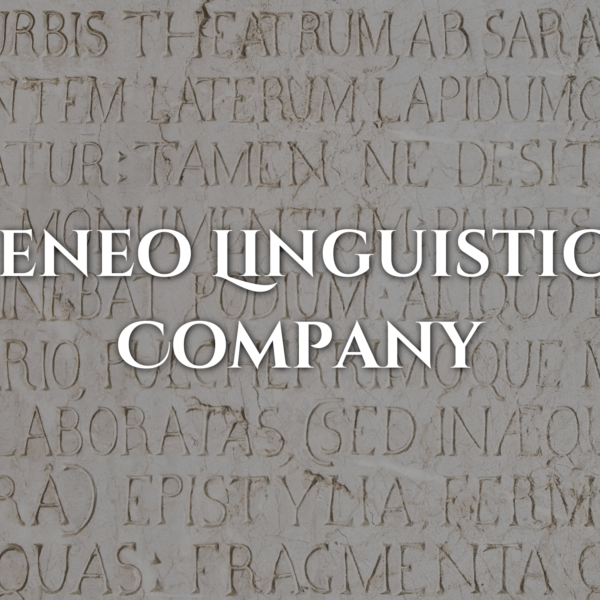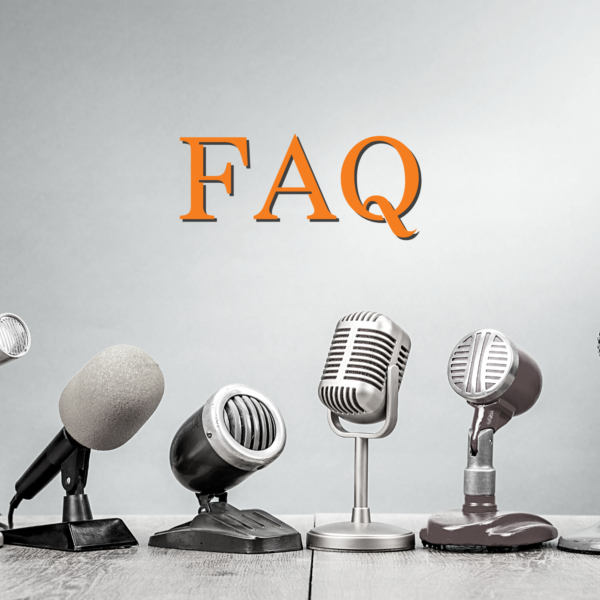3 Examples of Hidden Translation Cost
When considering professional translation, i.e. translation done by creative, qualified humans, translation cost is one of the most important factors. If you are a frequent translation user on behalf of your business, this article is for you.
Sometimes we wish translation pricing was a straightforward as a price per word or per page. But things are generally not that easy and translation companies often come up with complicated pricing scenarios that include many different items.
Here are a few of those you would likely not expect, along with information on how to avoid them.
Layout and Formatting
For one reason or another, many documents for translation are in PDF format. PDF, a Portable Document Format, is just what it says it is: a document that is easy to send to someone, and one that is easy to open across various software platforms. Although a PDF is an excellent choice for many, translators and translation companies will not like it. The main reason is that it is hard for them to use a PDF in the software tools they use to ensure consistency of their translation. A PDF document, especially one that was produced by scanning, also needs to be formatted to look like the original.
Here is what to do:
- Always keep track of “native” files. These are in a format in which your document was in before it was converted or exported into a PDF. Examples include Adobe InDesign, Microsoft Publisher, etc. Providing native files to your translation vendor will cut the cost of processing.
- When asked for a “text-editable” file, do not just run your PDF through an OCR program (same results are sometimes achieved by saving a PDF as a Word or rtf document, for example). Such documents may look text editable but in fact are worse than a PDF. Oddly placed line and section breaks will result in a disastrous segmentation of a document and difficult translation that will take a lot of time and likely lead to mistakes.
- If it is inevitable for your translation vendor to recreate a PDF file, make sure they do so on the front end, before translation begins, and provide you with a copy of the original, formatted document.
Note: Providing native files, in formats such as InDesign, may not mean you can drop the Desktop Publishing charge altogether. Adjustments frequently need to be made to account for text expansion or shrinkage, depending on the target language. But, any such charges will be greatly reduced compared to re-creating layout from scratch.
Rush Fees
Rush fees occur when the volume for translation exceeds standard daily translation capacity and/or when project managers must prioritize processing of your project over everyone else’s. Consider the following:
- Is your translation only for information purposes? If you just want to know what the document says, ask for a lower rate and a simplified work flow that will not include anything beyond basic translation. In such cases, proofreading/editing and quality assurance can usually be skipped. This solution should cost a lot less.
- Translation companies can usually “speed up” by splitting translation among several translators. If you are not concerned about unified style and tone, ask for this option. It may resolve the capacity issue and having to compensate someone for pulling an all-night shift.
- Another option is asking about post-edited machine translation. This is translation completed by a machine and edited by a human. Depending on the type of your document(s), this process maybe much faster and cheaper.
- If you know what both your deadline AND budget are, share those with your vendor. They might be able to come up with solutions that fit both requirements.
Lack of Transparency
Translation companies use many advanced software tools. These improve the actual translation and should also result in financial savings for you. Most translation companies use CAT (Computer Assisted Translation) tools. These basically represent a software environment in which human translators work. The software tool helps them by “remembering” everything that has already been translated and by suggesting already used solutions as translation progresses.
The result is quick, quality translation that is 100% consistent.
You should also never pay full price again for any repetitive content across documents and orders.
- Before placing an order, ask if your vendor uses CAT tools.
- Look for signs of CAT or TM (Translation Memory) savings on your quotes and bids.
- If you translate often and yet you have never heard ofCAT savings, find another vendor who will be honest with you.
Translation can be expensive, there is no doubt about that. However, just like with many other things in life, you also get what you pay for. That does not mean that you should blindly accept what is offered to you.
Know what the costs related to translation are and how you can minimize or avoid them altogether. You will also be better equipped to find and evaluate the right translation vendor.





